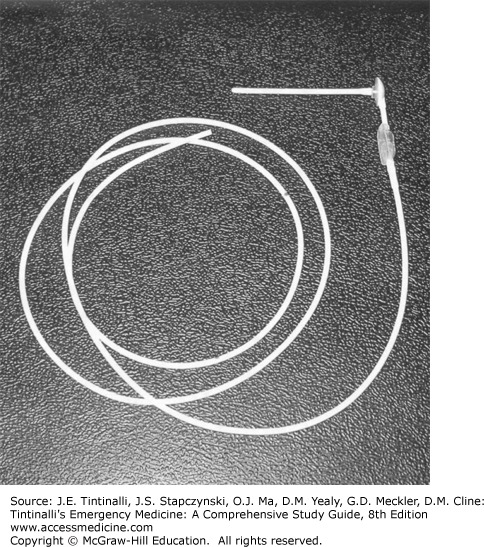
Conclusions Monitoring of dead space was useful for detecting lung collapse and for establishing open-lung PEEP after a recruitment maneuver. The receiver operating characteristics curve demonstrated a high specificity and sensitivity of VDalv (0.89 and 0.90), VDalv/VTalv (0.82 and 1.00), and Pa − etCO2 (0.93 and 0.95) for detecting lung collapse. Measurements and results Alveolar dead space (VDalv), the ratio of alveolar dead space to alveolar tidal volume (VDalv/VTalv), and the arterial to end-tidal PCO2 difference (Pa-etCO2) showed a good correlation with PaO2, normally aerated areas, and non-aerated CT areas in all animals (minimum–maximum r2 = 0.83–0.99 p 5%) started at 12 cmH2O PEEP hence, open-lung PEEP was established at 14 cmH2O. Each PEEP step was maintained for 10 min. PEEP was decreased from 24 to 6 cmH2O in steps of 2 cmH2O and then to 0 cmH2O. The mechanism of dead space development is. Dead space or wasted ventilation represents almost 40 of total V E at rest in mild COPD compared with 28 in control subjects. Recruitment maneuver was achieved within 2 min at pressure levels of 60/30 cmH2O for Peak/PEEP. The P(A-a)O 2 gradient and dead space to the tidal volume ratio (V D /V T) are seen significantly higher level in COPD both at rest and exercise than in healthy control. PEEP was increased in steps of 6 cmH2O from 6 to 24 cmH2O. Baseline measurements were performed at 6 cmH2O of PEEP. Interventions Animals were ventilated using constant flow mode with VT of 6 ml/kg, respiratory rate of 30 bpm, inspiratory-to-expiratory ratio of 1 : 2, and FiO2 of 1.

Setting Department of Clinical Physiology, University of Uppsala, Sweden. Objective To test the usefulness of dead space for determining open-lung PEEP, the lowest PEEP that prevents lung collapse after a lung recruitment maneuver.


 0 kommentar(er)
0 kommentar(er)
